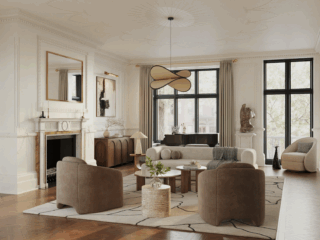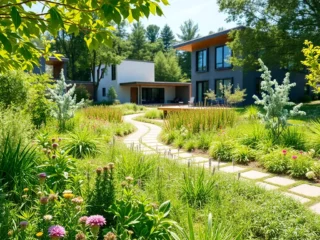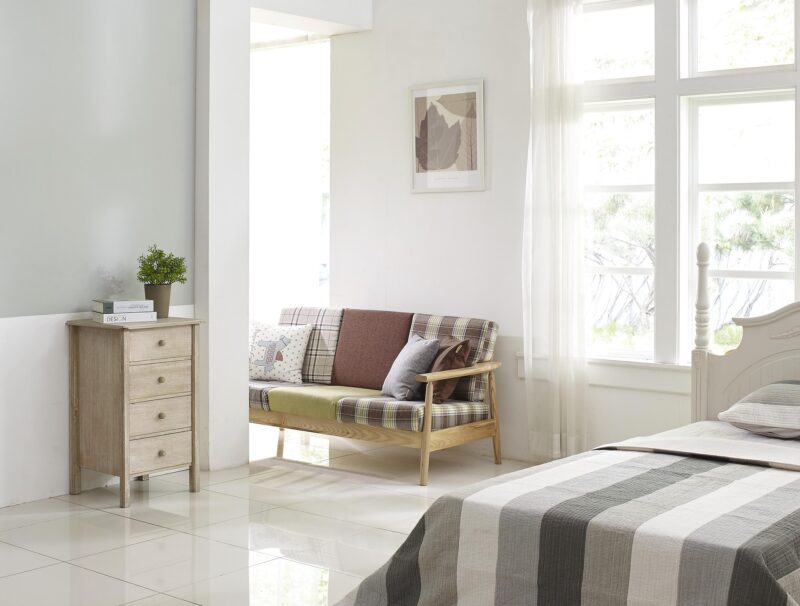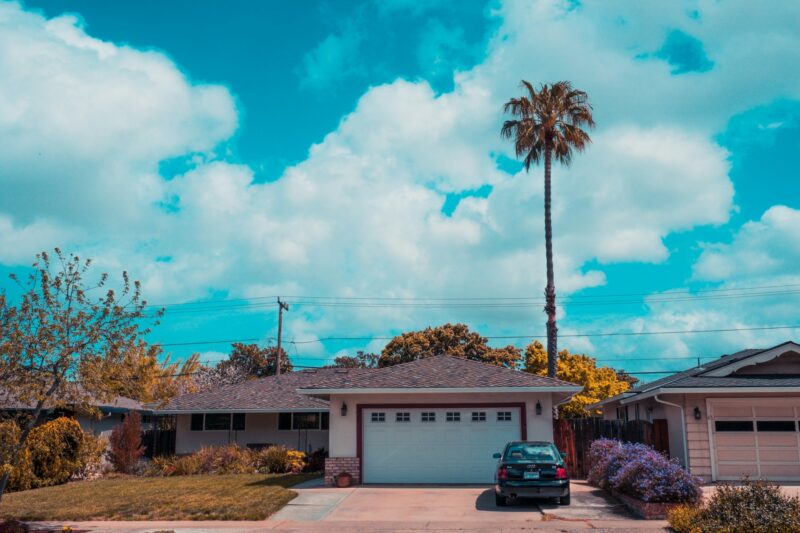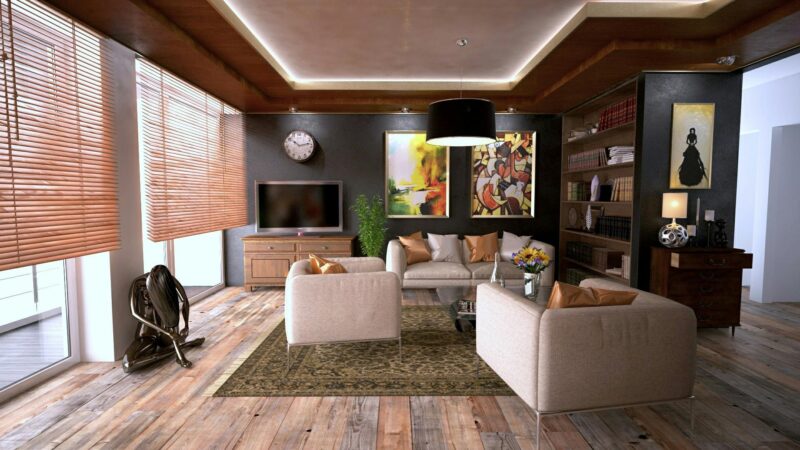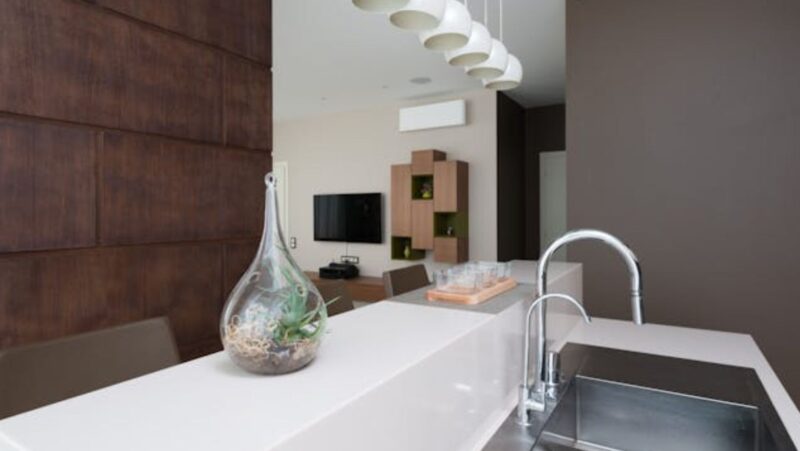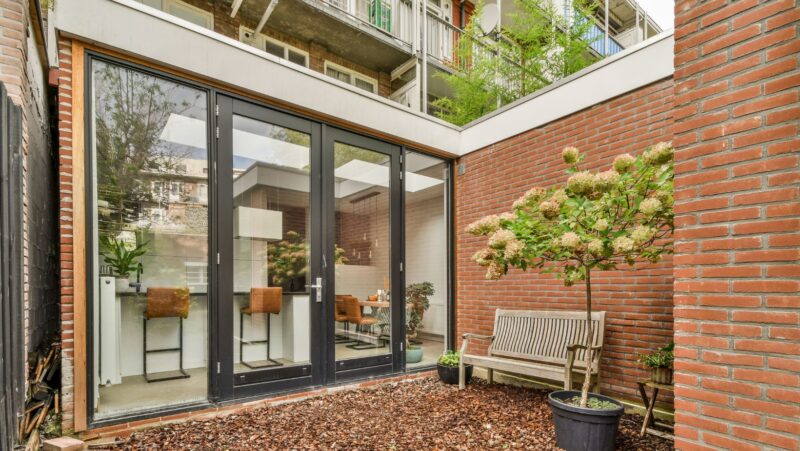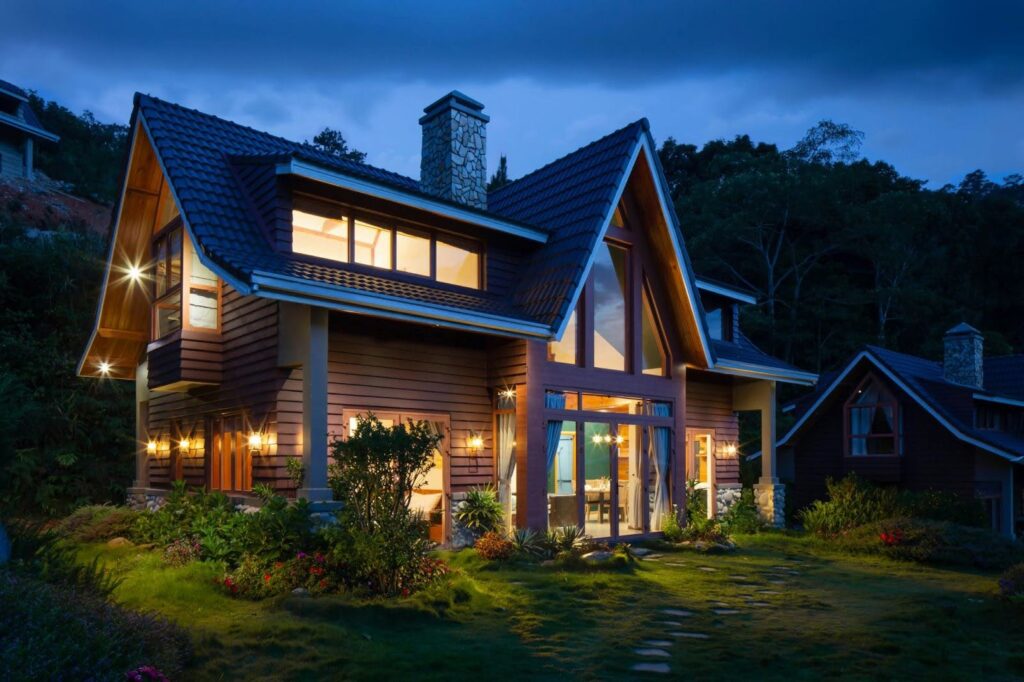
Let’s be honest: curb appeal isn’t just about impressing the neighbors. It’s about giving your home the kind of presence that stops people mid-walk, makes visitors pause before they knock, and sets a tone that says, “Someone thought this through.” And yes, that someone should absolutely be you—or at least your architect.
When it comes to amping up a home’s exterior, good looks aren’t accidental. They’re crafted through deliberate architectural detailing—deck lines that align with window frames, lighting that frames the entrance just right, and material choices that feel like a handshake before the door even opens.
So where do you begin? Start with what people notice first: structure, texture, and flow. And if your outdoor setup includes a deck (which, let’s be real, it should), working with a provider like The Deck Store makes the process less of a headache and more of a design opportunity. Their inventory? Built for architects who care about details and homeowners who care about impact.
Your Entryway Is Your Opening Line
Think of the front entrance as your home’s opening sentence—it should be sharp, confident, and totally intentional. No one’s going to swoon over a builder-grade door and patchy concrete steps. But introduce clean horizontal lines, a structured overhang, maybe some reclaimed wood or steel accents, and you’re suddenly in “architecturally interesting” territory.
Decking can play a huge part in that transition. Whether it’s a full front porch or a side platform that floats like it belongs there (because it does), a well-placed deck sets the tone.
And when that deck comes from The Deck Store, you’re not just dealing with boards—you’re working with materials that speak the language of design: crisp, durable, and made to last.
Details That Don’t Scream—They Whisper With Style
Architectural detailing is less about showing off and more about showing up. It’s in the way trim aligns with siding, how railing profiles echo window shapes, and how lighting spills just enough to highlight texture. These subtle moves tell a bigger story: that the house isn’t just assembled, it’s curated.
Proportion and rhythm matter. A deck with the wrong board width throws everything off. A misaligned fascia? It reads like a typo in the architecture. This is why sourcing matters. When you’re pulling materials from The Deck Store, you’re tapping into a catalog that was clearly created by people who get it. It’s not just about supply—it’s about synergy.
Landscaping That’s Not Just Green—It’s Grounded
You can’t talk curb appeal without touching on landscaping, but here’s the twist: great landscaping doesn’t just “go with” the house. It anchors it. Low-profile planters that mirror your horizontal deck lines, paths that extend from architectural cues, and lighting that interacts with both greenery and geometry—all of this makes your front yard feel more like a foreword than an afterthought.
That deck you added? It shouldn’t float awkwardly. It should lead. It should guide the eye, direct the flow, and look like it was born from the architecture itself. That’s what smart material choices and well-aligned design achieve. And it’s exactly the kind of cohesion that clients expect from high-caliber firms—and what they remember when they drive by later.
Design Like You Mean It
In the end, curb appeal isn’t about being flashy. It’s about being intentional. It’s the details, the decisions, and the materials that either tell a story—or stay silent.
If you’re building from scratch or breathing new life into an existing façade, don’t phone in the exterior. Respect it. Elevate it. Give it the same design energy you’d give to a kitchen reno or primary suite. Because curb appeal is more than the sum of your front yard’s parts—it’s your home’s architectural first impression. And with partners like The Deck Store, every detail gets the attention it deserves.



